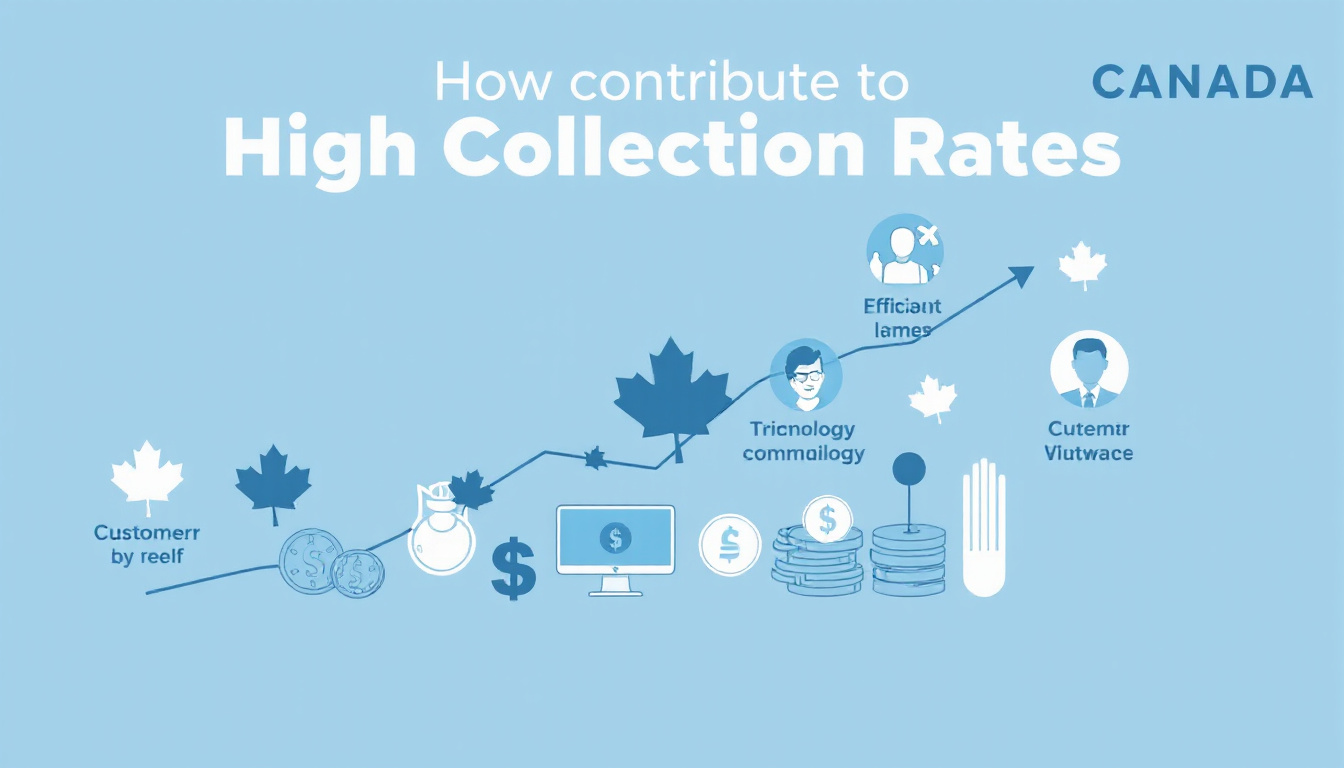Understanding the Percentage of Canadians in Collections: Insights and Implications
As of 2023, approximately
3.4% of Canadians are reported to be in collections, highlighting a significant aspect of the country’s financial landscape. Understanding the percentage of Canadians in collections is crucial for consumers, policymakers, and financial institutions alike. This statistic underscores the challenges faced by many Canadians struggling with debt and the subsequent impact it has on their credit scores and financial stability.
The issue of debt collection in Canada is not just a matter of individual struggle; it reflects broader economic factors and trends that can influence policy decisions and consumer habits. With more than a million Canadians currently experiencing the repercussions of being in collections, it is essential to examine the contributing factors, potential implications for affected individuals, and the steps that can be taken by both consumers and policymakers to address these challenges.
Data from reputable sources like the Canadian Bankers Association and Statistics Canada can provide context to this growing concern, shedding light on the nuances of consumer debt and its accumulation in collections. By analyzing these statistics, we can better understand the financial pressures Canadians face and the systemic issues that contribute to their current debt situations.

Key Takeaways
- Debt collection rates in Canada are influenced by various economic and social factors.
- Recent statistics reveal a concerning percentage of Canadians facing debt collection.
- Understanding the demographic landscape of those in collections helps tailor support services.
- The implications of high collection rates extend to both consumers and policymakers.
- Addressing the root causes of debt can lead to more effective debt management strategies.
Overview of Debt Collection in Canada
As of 2023, approximately
4.5% of Canadians are in debt collections. This statistic highlights a growing concern for many households across the nation, as economic pressures continue to mount. With the average debt for Canadians soaring to nearly $73,000, the situation is increasingly precarious, particularly for younger demographics. According to Equifax data, this percentage has remained relatively stable over the past few years, underscoring both the resilience and challenges faced by individuals when managing their financial obligations. The ongoing rise in living costs and interest rates can further compound these issues, making it crucial for Canadians to seek debt relief options. This information shows the important landscape of debt management in Canada and raises awareness about the need for effective financial education and assistance.
Current Statistics on Canadians in Collections
As of 2023, approximately
3.4% of Canadians are facing collections on their debts, highlighting a significant concern for individuals and families across the country. This statistic translates to roughly
1.2 million Canadians grappling with the stress of collections, according to data from the Canadian Bankers Association. The trend has seen an increase of around
0.5% since 2021, reflecting broader economic challenges that have impacted Canadians’ ability to manage their debts. With rising living costs and inflation, many find themselves in difficult financial situations, emphasizing the importance of addressing debt and seeking relief options. This data can be backed by insights from organizations such as Equifax and Statistics Canada, which provide ongoing analysis of consumer debt and financial health in Canada.
‘The price of freedom is responsibility.’ – George Grant

Factors Contributing to High Collection Rates
As of 2023, approximately
6.34% of Canadians are in collections, according to the latest report from Equifax. This statistic underscores escalating financial pressures faced by many households, particularly in the wake of global economic fluctuations and increased living costs. Moreover, trends show that younger Canadians, especially those aged 18 to 34, are disproportionately affected, with about 10% of individuals in this age group experiencing collections. Contributing factors include rising levels of consumer debt, with the average Canadian household owing approximately
1.83 times their annual disposable income. Additionally, inflation and high-interest rates have pressured Canadians to rely more on credit. Understanding these dynamics is vital for policymakers and financial institutions aiming to address Canada’s growing collection challenges.
Implications for Consumers and Policy Makers
As of 2023, approximately 7% of Canadians are reported to be in collections, according to recent data from the Canadian Bankers Association. This statistic highlights a growing concern for both consumers and policymakers, as it reflects not only individual financial distress but also broader economic challenges. Consumers facing collections often deal with mounting stress and hindered access to further credit, while policymakers must consider the implications of rising collection rates on the overall economic health of the country. In light of this rising trend, it’s essential for both consumers to seek debt relief options and for policymakers to implement supportive measures addressing the root causes of financial instability.
